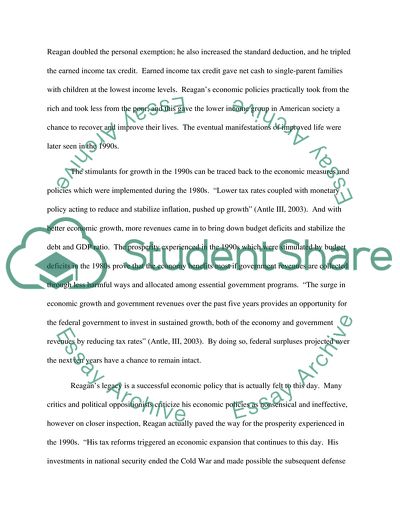Cite this document
(“How the deficits of the 1980's contributed to the prosperity of the Term Paper”, n.d.)
How the deficits of the 1980's contributed to the prosperity of the Term Paper. Retrieved from https://studentshare.org/miscellaneous/1554309-how-the-deficits-of-the-1980s-contributed-to-the-prosperity-of-the-1990s
How the deficits of the 1980's contributed to the prosperity of the Term Paper. Retrieved from https://studentshare.org/miscellaneous/1554309-how-the-deficits-of-the-1980s-contributed-to-the-prosperity-of-the-1990s
(How the Deficits of the 1980'S Contributed to the Prosperity of the Term Paper)
How the Deficits of the 1980'S Contributed to the Prosperity of the Term Paper. https://studentshare.org/miscellaneous/1554309-how-the-deficits-of-the-1980s-contributed-to-the-prosperity-of-the-1990s.
How the Deficits of the 1980'S Contributed to the Prosperity of the Term Paper. https://studentshare.org/miscellaneous/1554309-how-the-deficits-of-the-1980s-contributed-to-the-prosperity-of-the-1990s.
“How the Deficits of the 1980'S Contributed to the Prosperity of the Term Paper”, n.d. https://studentshare.org/miscellaneous/1554309-how-the-deficits-of-the-1980s-contributed-to-the-prosperity-of-the-1990s.


